Introduction: Embracing Next-Gen Pest Control Methods in 2025
Attention: Picture relaxing in your living room, sipping tea, only to spot a trail of ants marching across your coffee table. Ugh. In 2025, pest pressures are intensifying—warmer winters, denser cities, shifting ecosystems. That’s why Pest Control Methods have evolved beyond spray-and-pray to smart, sustainable solutions that actually work.
Interest: Today’s Pest Control Methods blend biology, technology, and old-school prevention. From beneficial insects patrolling your garden to AI-driven traps in your basement, these approaches deliver targeted results without wrecking your health or the planet.
Desire: Imagine deploying an Integrated Pest Management plan that anticipates infestations before they start, or using plant-based repellents that keep mosquitos at bay all summer. You’ll reduce chemical use, cut costs, and sleep better knowing your home is truly pest-proof.
Action: Ready to level up your defense? Dive into these 8 Proven Pest Control Methods for 2025. Each method is battle-tested, eco-friendly, and designed for modern living. Let’s conquer pests once and for all.
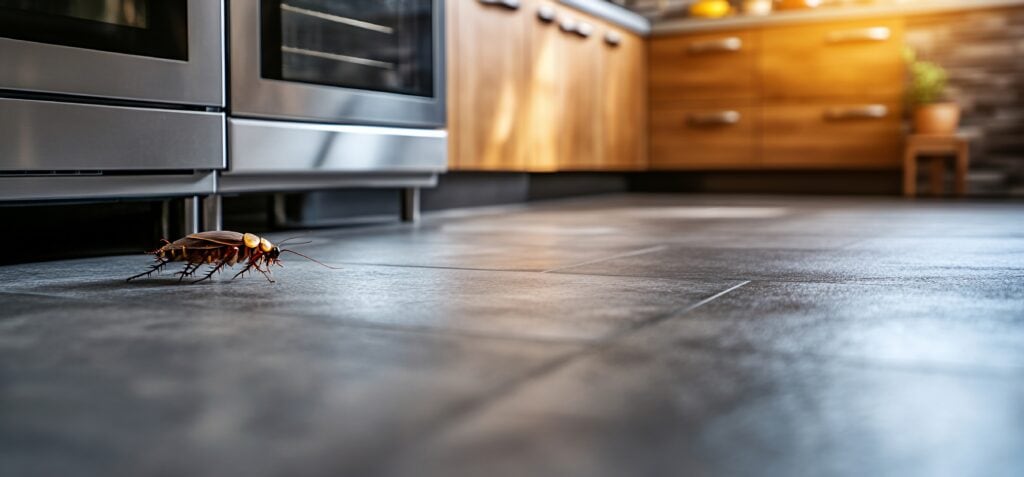
1. Integrated Pest Management (IPM): The Holistic Approach to Pest Control Methods
What Is IPM and Why It Works
Integrated Pest Management, or IPM, is a cornerstone among Pest Control Methods in 2025. Instead of defaulting to pesticides, IPM focuses on inspection, identification, monitoring, and combining biological, cultural, and physical tactics.
Key Benefits of IPM Pest Control Methods
- Minimizes chemical use and environmental impact.
- Targets specific pest thresholds, avoiding unnecessary treatments.
- Builds long-term resilience through preventive measures.
How to Implement IPM Pest Control Methods
- Inspect: Walk through your property monthly to spot pest signs.
- Identify: Use guides or apps to confirm species before choosing a solution.
- Monitor: Set traps or sticky cards to gauge population levels.
- Control: Combine traps, beneficial organisms, and targeted biorational sprays.
- Evaluate: Review results quarterly and adjust tactics.
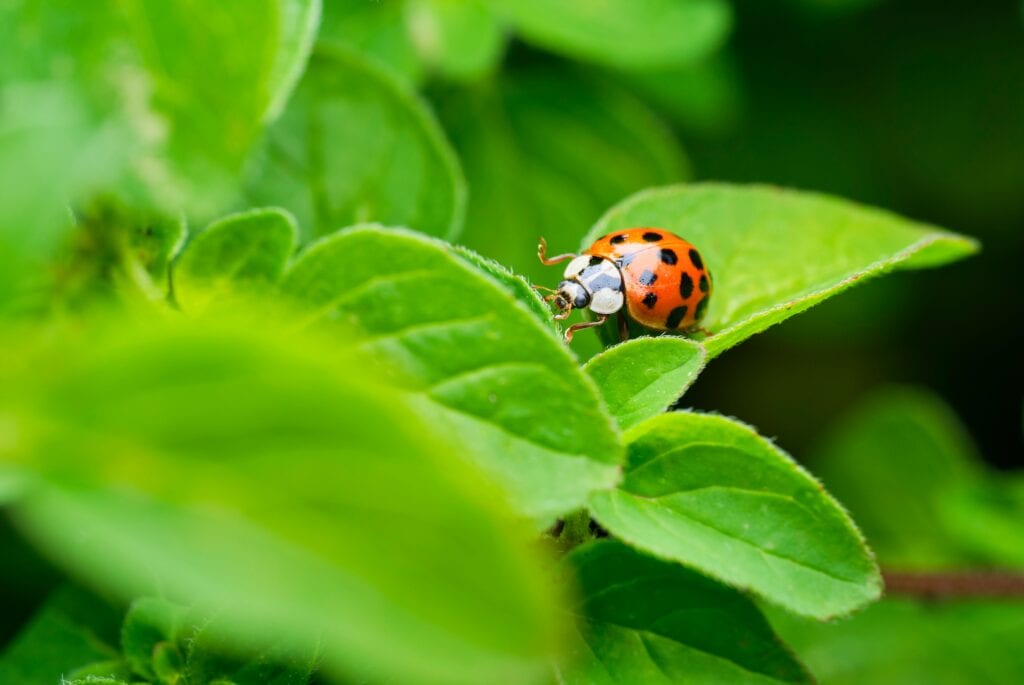
Pro Tip
Document every step in a simple spreadsheet—tracking sighting dates and control actions sharpens your Pest Control Methods strategy over time.
2. Biological Control: Leveraging Beneficial Organisms as Pest Control Methods
Harnessing Nature’s Own Pest Predators
Biological control is one of the oldest sustainable Pest Control Methods—but it’s more precise than ever. By introducing or encouraging predators like ladybugs, predatory mites, and parasitic wasps, you let nature handle the dirty work.
Top Beneficial Insects for Pest Control Methods
- Ladybugs for aphids, scale insects, and mealybugs.
- Green lacewings to snack on thrips and caterpillar eggs.
- Parasitic nematodes for soil-dwelling grubs and weevils.
Steps to Release Beneficial Insects
- Source from reputable suppliers specializing in live biocontrols.
- Release during cool, humid mornings to improve survival.
- Provide nectar plants (e.g., alyssum, cilantro) so predators thrive.
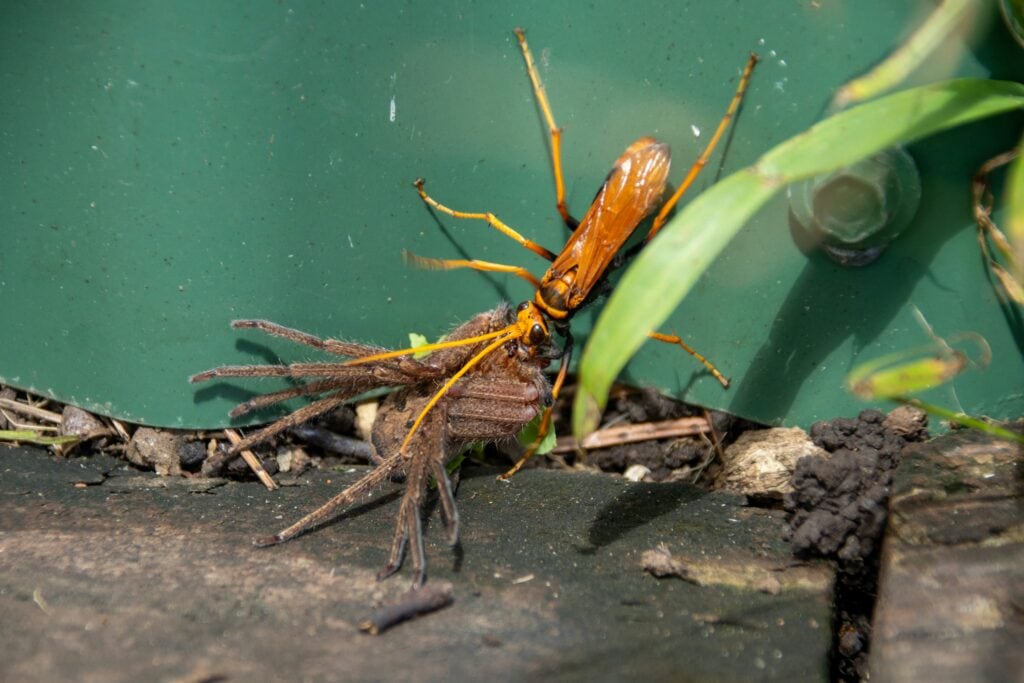
Quick Checklist
✔ Confirm pest species before release
✔ Ensure minimal pesticide use in treated areas
✔ Monitor predator activity weekly
3. Physical Barriers & Traps: Simple Yet Effective Pest Control Methods
Building Fortifications Against Unwanted Guests
Sometimes the simplest Pest Control Methods pack the biggest punch. Physical exclusion tactics block pests at doors, windows, and foundation cracks—while traps capture survivors.
Barrier Techniques for Pest Control Methods
- Weather stripping and door sweeps to seal entry points.
- Mesh screens on vents and crawlspaces to exclude rodents and insects.
- Sealing foundation gaps with silicone caulk or metal flashing.
Trap Types and Placement Tips
- Sticky glue traps in corners for roaches and silverfish.
- Live-catch rodent traps along baseboards—check daily.
- Ultrasonic plug-in devices in garages to deter mice (supplement, not sole solution).

Did You Know?
A flawlessly sealed attic can cut insect intrusions by up to 80%, making physical defenses a critical layer of modern Pest Control Methods.
4. Plant-Based Insecticides: Neem Oil and Botanical Sprays as Pest Control Methods
Nature’s Potent Pest Repellent
Neem oil, derived from the seeds of the neem tree, remains a superstar among eco-friendly Pest Control Methods. Its active ingredient azadirachtin disrupts insect hormones, stopping them from feeding and reproducing.
Benefits of Neem-Based Pest Control Methods
- Broad-spectrum action against aphids, whiteflies, and mites.
- Low toxicity to bees, birds, and beneficial insects when used correctly.
- Biodegradable, leaving no harmful residues.
How to Prepare and Apply Neem Sprays
- Mix 2 tablespoons of pure neem oil with 1 gallon of water and a few drops of dish soap.
- Shake well and spray foliage thoroughly during early morning or dusk.
- Reapply every 7–10 days, especially after rain.
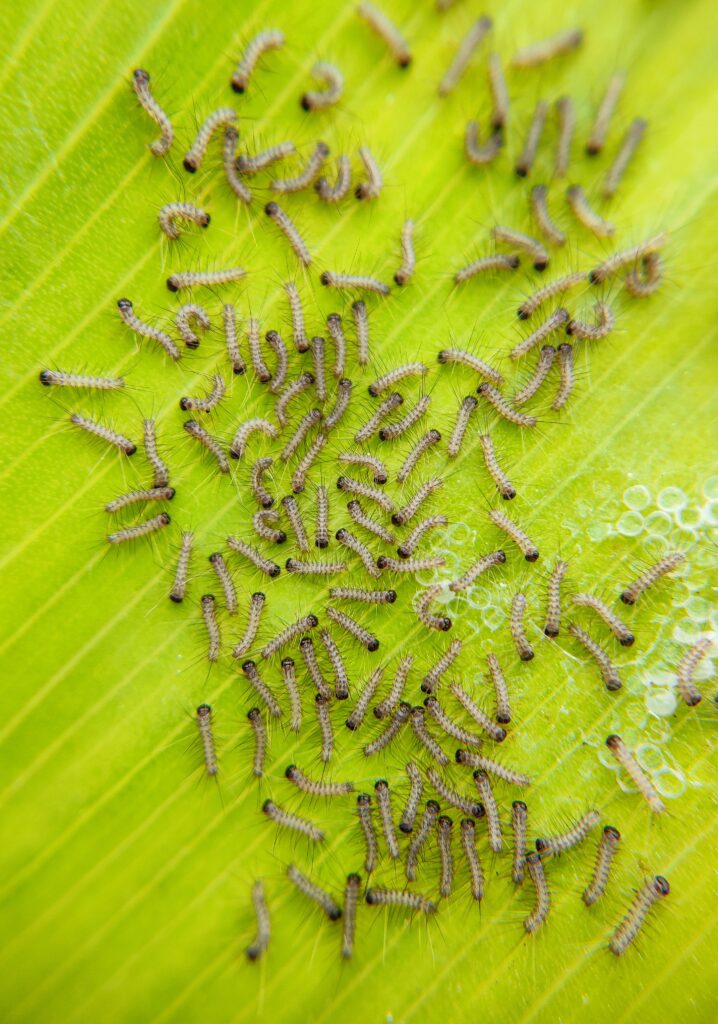
Warning
Keep sprays off your plants during the heat of midday to prevent scorching, and always trial the mixture on a single leaf first to make sure it’s safe before treating the rest.
5. Biorational Pesticides: BTI and Microbial Agents as Precision Pest Control Methods
Targeted Microbial Solutions
Biorational Pest Control Methods use microbes like Bacillus thuringiensis israelensis (BTI) to specifically target mosquito larvae—and nothing else. These microbial agents break down in the environment, offering pinpoint control without collateral damage.
Why Biorational Pest Control Methods Matter
- Species-specific action spares non-target wildlife.
- No chemical residues in soil or water.
- Regulatory approvals worldwide for safe public health use.
Best Practices for BTI Application
- Identify stagnant water sources—birdbaths, gutters, planters.
- Apply BTI granules or briquettes according to label rates.
- Reapply every 10–14 days during mosquito season.

Insider Tip
Use a spreader or scoop to distribute BTI evenly—coverage is key to interrupting the mosquito life cycle.
6. Diatomaceous Earth (DE): Mechanical Pest Control Methods
Sharp-Edged Defense Against Crawlers
Food-grade diatomaceous earth is a powdery, fossil-based Pest Control Method that physically abrades insect exoskeletons, causing dehydration and death.
DE’s Strengths as a Pest Control Method
- Zero chemical action—pests can’t build resistance.
- Effective against ants, cockroaches, fleas, and bed bugs.
- Safe for humans and pets when applied responsibly.
Application Guidelines for DE Pest Control Methods
- Dust thin lines along baseboards, behind appliances, and in cracks.
- Reapply after vacuuming or heavy moisture events.
- Wear a dust mask to avoid irritation.
Note
DE works best in dry areas—moisture deactivates its abrasive properties.
7. Smart Technology: IoT-Driven Pest Control Methods
High-Tech Traps and Monitoring
The rise of connected devices has spawned smart Pest Control Methods that detect, report, and even eradicate pests with minimal human intervention.
Top Smart Pest Control Methods for 2025
- Motion-activated, self-resetting traps for rodents.
- AI-powered insect counters that notify you when thresholds are crossed.
- Smartphone alerts when traps capture a pest—no more guesswork.
Setting Up Smart Pest Control Methods
- Install sensors in high-risk zones: kitchens, basements, attics.
- Sync devices to your home network and smartphone app.
- Configure alert thresholds and response protocols.
Pro Insight
Integrate smart traps with voice assistants for hands-free pest management prompts.
8. Heat & Cold Treatments: Temperature-Based Pest Control Methods
Denaturing Pests with Extreme Temperatures
Heat and cold treatments are non-chemical Pest Control Methods prized for eradication of bed bugs, termites, and stored-product pests in grains.
Advantages of Thermal Pest Control Methods
- Penetrates cracks and crevices unreachable by sprays.
- Leaves no residual toxins.
- Rapid, whole-structure or localized treatments available.
Execution Protocols for Temperature Pest Control Methods
- Heat: Raise ambient temperature to 120°F–140°F for 2–4 hours to kill all life stages.
- Cold: Expose items or small spaces to −4°F or below for 72 hours—ideal for furniture or clothing.
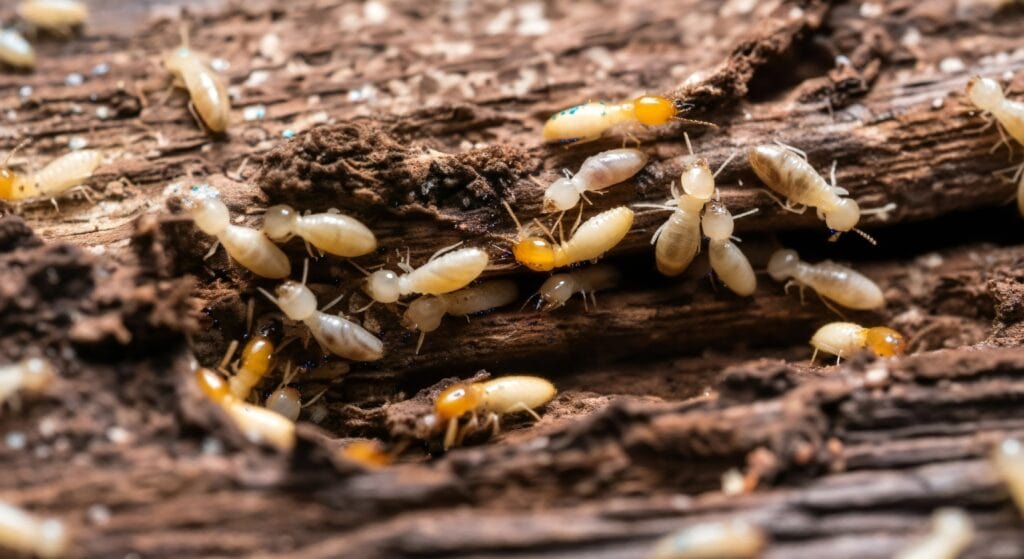
Safety Consideration
Hire certified technicians for whole-house heat treatments to manage fire and structural risks.
Frequently Asked Questions (FAQ)
Q1. What is the most effective pest control method in 2025?
Integrated Pest Management (IPM) is considered the most effective because it combines prevention, monitoring, and eco-friendly control strategies.
Q2. Which pest control method is safest for kids and pets?
Plant-based sprays (like neem oil) and diatomaceous earth are safe when used correctly.

Q3. Can I do pest control at home without chemicals?
Yes! Biological control, traps, barriers, and natural sprays can manage most pests.
Q4. How much does professional pest control cost in 2025?
It varies by pest and region but typically ranges from $100–$400 per treatment.
Conclusion: Smarter Pest Control for a Healthier Home
Gone are the days of blindly spraying toxic chemicals. In 2025, pest control is smarter, safer, and more effective. From IPM to smart traps and eco-friendly sprays, these 8 methods can help you save money, protect your family, and live pest-free.
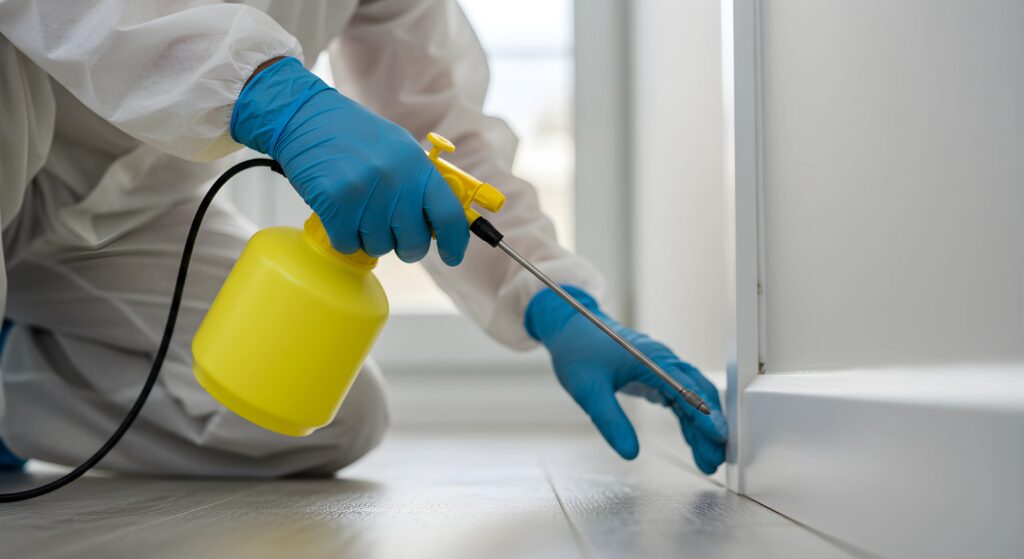
👉 Action Step: Try one or more of these methods today and build a long-term pest defense system for your home.